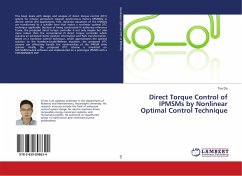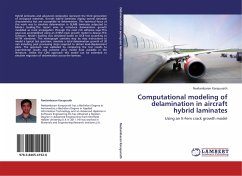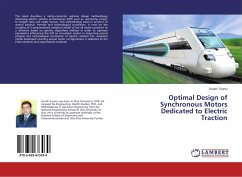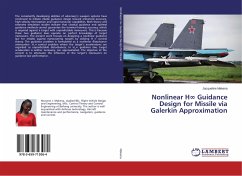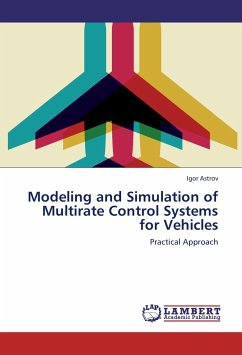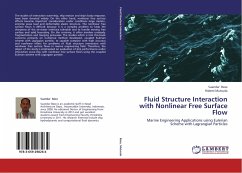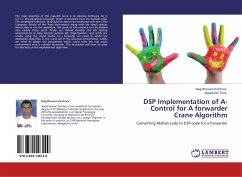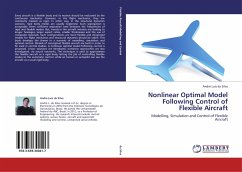
Nonlinear Optimal Model Following Control of Flexible Aircraft
Modelling, Simulation and Control of Flexible Aircraft
Versandkostenfrei!
Versandfertig in 6-10 Tagen
52,99 €
inkl. MwSt.

PAYBACK Punkte
26 °P sammeln!
Every aircraft is a flexible body and its motion should be evaluated by the continuum mechanics. However, in the flight mechanics, they are commonly treated as rigid. In other way, in the structural dynamics scenario, rigid body modes are usually neglected. Such segregation is acceptable when sufficient separation exist between the frequencies of rigid and flexible modes. But, trends in the aircraft industry are leading to longer fuselages, larger aspect ratios, smaller thicknesses and the use of composite materials. Such configurations are more flexible and integrated models for flight mechan...
Every aircraft is a flexible body and its motion should be evaluated by the continuum mechanics. However, in the flight mechanics, they are commonly treated as rigid. In other way, in the structural dynamics scenario, rigid body modes are usually neglected. Such segregation is acceptable when sufficient separation exist between the frequencies of rigid and flexible modes. But, trends in the aircraft industry are leading to longer fuselages, larger aspect ratios, smaller thicknesses and the use of composite materials. Such configurations are more flexible and integrated models for flight mechanics and structural dynamics should be taken. This book develops the theme in a scenario of modelling, simulation and optimal control. Models of conceptual flexible aircraft are built in order to be used in control studies. A nonlinear optimal model following control is proposed. Linear solutions are developed, nonlinear approaches are also investigated, via neural networks. The technique is used to approximate the flexible aircraft as a rigid body, letting the job of controlling flexible modes to the automatic control, while an human or autopilot can see the aircraft as a usual rigid body.



